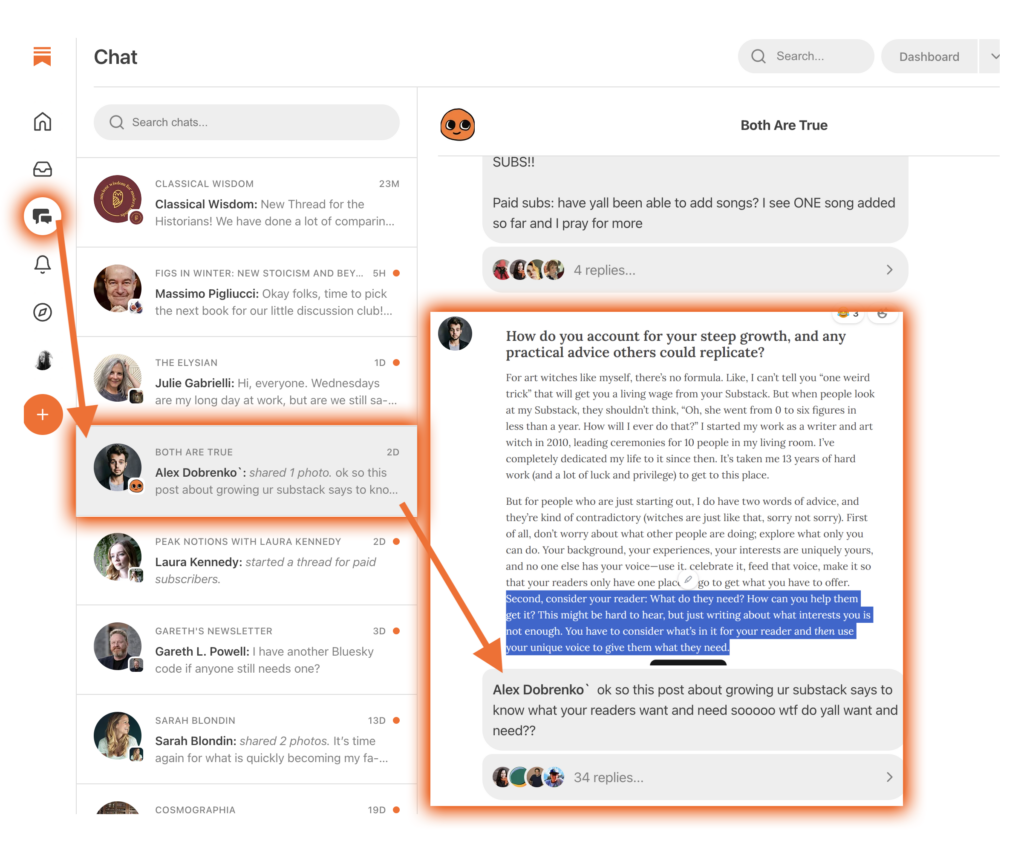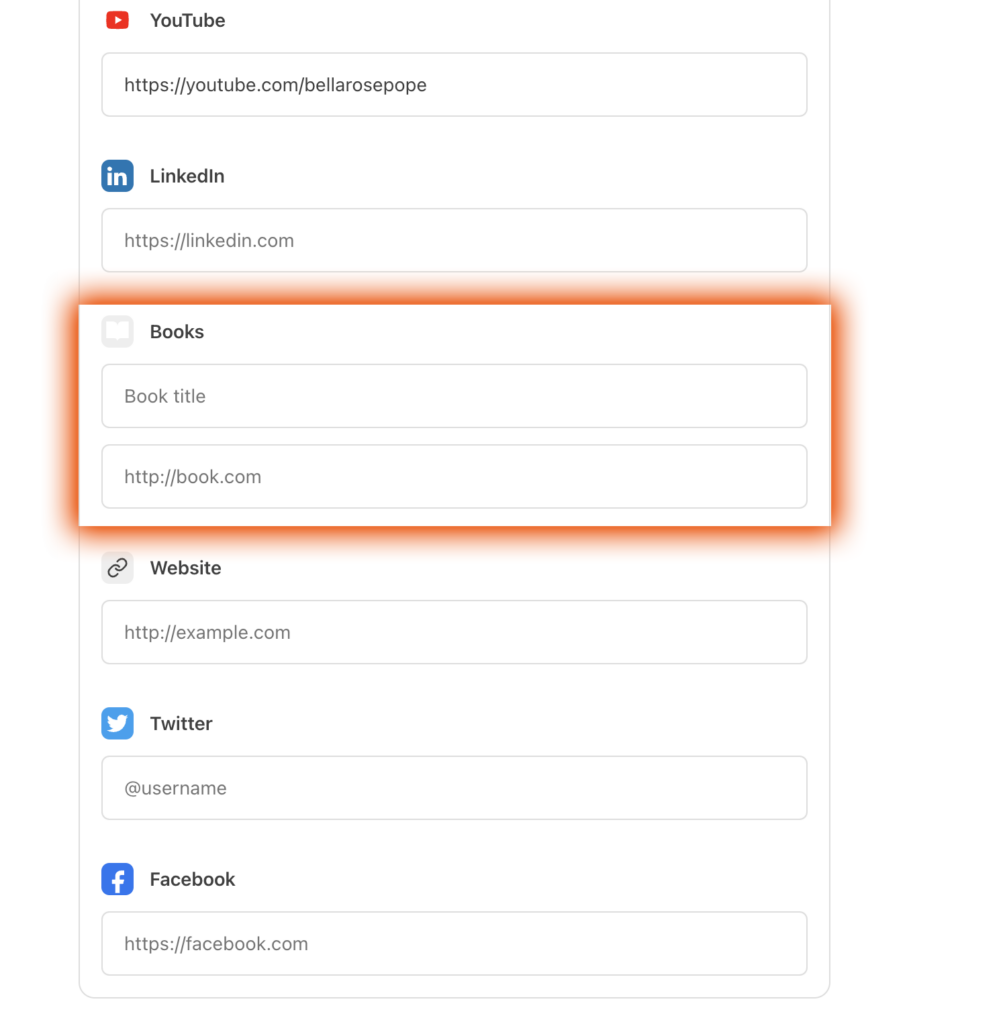You may have heard of a platform called Substack lately. It’s teeming with writers, podcasts, and those looking to think and go deeper when it comes to life and their specific passionate pursuits. Now, I’m seeing a hub on Substack for writers.
Marketing your writing is hard enough. Growing your email list is even harder, despite hearing the advice just about everywhere. You can actually do both fairly easily with this newer platform—at least with the new transformations it’s had in recent months.
But I’m getting ahead of myself. The point is, if you’re a writer of either fiction or nonfiction and want to learn of a platform that’ll help you grow an audience, connect with other writers, and sell some books, I’ll teach you about using Substack for writers.
Here’s what I’ll uncover about Substack for writers:
- What is Substack?
- A Different Kind of Newsletter
- How Substack is Being Used for Nonfiction Writers
- How Nonfiction Authors are Selling Their Books
- What Fiction People Can Expect on Substack
- Sharing Your Work & Growing Your Fiction Network on Substack
What is Substack?
Substack is a newsletter email list hosting platform in which you can send emails, post the email online like a blog post, and now use an app to connect with other writers and fans while earning an income for your writing.
This platform is combining the writing portion of Medium but allowing writers to make a subscription income for certain emails and content on their Substack. Subscriptions start at a $5 per month minimum, but writers can dictate the price, tiers, and what’s included in each.
Substack describes themselves as “the subscription network for independent writers and creators.” Which is true, but there’s a lot more to it than just those simple words.
Substack actually has a few different components you’ll want to know about:
- Home: Right when you login, both on the site and the app, you have a homepage. This is where you have a few visible image and titles of newsletters from those you subscribe to, a place to upload a few thoughts to your notes, and a feed of notes written by others.
- Notes: This is similar to what you’d see on Twitter or Threads. It’s a place to post short (or even longer) thoughts, updates, ideas, and questions. You can interact with your subscribers and other people on Substack here.
- Inbox: This tab is where all of those you’ve subscribed to will live. Any newsletter they share will appear here, and the website is advanced enough that if you use the website or app regularly, you’ll only see newsletters there. But if you prefer to actually check your email inbox, they will go there.
- Chat: This is a place for someone you subscribe to on Substack to contact their subscribers directly. You can see an example down below from Alex Dobrenko, a popular writer. In chat, subscribers (depending on if they’re free or paid) can reply in a specific feed.
- Explore: This is a really important page, because it’s where you and subscribers will find new writers to follow and read. This page is often organized by category, and features certain writers chosen by the staff and the view count of recent newsletters.

Let’s get into what this might look like with Substack for writers, both fiction and nonfiction, and how each can utilize these functions to share your voice and be seen by readers.
A Different Kind of Newsletter & Community on Substack for Writers
When you think of a “newsletter” you might cringe, with images of a stuffed-full email inbox teeming with notifications and emails that are just meant to sell you something. And that’s fair.
When businesses first realized how lucrative emails could be, they started prompting every web visitor with a “sign up for our newsletter” without even telling you what you’d get. Then you’d often receive emails with discounts, special products, launches, and the like.
Now, the term “newsletter” is getting a makeover—a much needed one.
Nowadays, a newsletter is truly as it sounds: a letter with news about the person or business you’re signing up for. In the case of individuals instead of businesses, “news” pertains to recent thoughts, observations, stories, and life updates.
It’s less about selling, and more about sharing. It’s having a conversation, posing questions, and giving people a more intimate look at your life in ways you’re not willing to share online publicly.
In many ways, the revolution of the newsletter is very necessary. And it’s gaining momentum on Substack for writers.
Substack for Writers of Nonfiction: Advertising Options for Your Book
I want to first start by saying that if you hop onto Substack and only use the platform to sell books, you won’t find much success. The best part about the platform and app is that there aren’t any ads. That’s right.
So if you get on this app acting like an ad, people will quickly avoid you.
So how then, is Substack for writers without ads being available? In a more authentic, organic method that’s far more effective—and free.
How Substack is Being Used by Nonfiction Writers
Writers have had a hard time in the online space as of late. There are areas for writers to put their work out, but the main spaces where people congregate online (like social media) are being inundated with visual-only content. So unless you can keep your words to a short word count, they won’t be read.
Enter: Substack for writers.
Nonfiction writers are using the classic newsletter format to share their writing and also using the platform aspect of Substack to attract new readers.
People who like to read don’t often do it on social media. They’re the ones clicking on blog posts and spending time in their email inbox. Sure, an Instagram caption can be long, but the vast majority of users will look at the picture of watch the video and keep scrolling.
If a writer also has a book, it’s likely they write their newsletters not purely about updates of their life, but also as continuations, insights, or related content to their books.
How Nonfiction Authors are Selling Their Books on Substack
It’s more subtle than you think. Oftentimes, good book marketing is.
What is a book if not an organized, specified version of ideas and thoughts you’ve had? Substack is the same, but just in a different format. It’s safe to say that if someone finds your writing on Substack and likes it, they’ll like your book.
This is the same methods writers have sold their books on social media, too.
Substack for writers to sell their books works like this:
- Write about topics related to your book: You wouldn’t try to be selling a novel about relationship advice and only publish newsletters about homesteading. At least, not always. In order to attract an audience that’ll buy and read your book, you have to publish content related to the book. Many think this means just writing the same exact stuff, but that’s not the case. If you have a chapter about communication in relationships inside your book, then write a newsletter about the biggest mistake couples make when it comes to communication. Keep it short and simple.
- Embed quotes or links to your book in newsletters: If you have a specific quote from your book that would fit well within your newsletter, go ahead and add it. Reference the book and link it in the footnotes option when writing on Substack, or link the book directly after the quote. Either way, you’re giving people a preview to your book and then making it available for them to buy. You can also create a footer for every newsletter you write that contains a link to your book, along with your initial “new subscriber” email.
- Add your book link to the “book link” feature: There’s actually a space within your profile that makes Substack for writers. Not many social platforms have a link specifically for a book. As you can see in the example below, there’s a space for both the book title and its link. If you have a book, make sure it’s there!

Of course, if you’re an author, there are plenty of other ways to market your book outside of just this, but given that our advice no matter what is to grow an email list, there’s plenty of opportunity for multiple types of book marketing on Substack for writers.
But the type of marketing you do often depends on your book’s audience, which is why I suggest scheduling a free call to get insight from an expert about where to spend your time.
Substack for Writers of Fiction: Community & Art Advancements
The hub on Substack for fiction writers is massive. Specifically, writers are using the platform to not only grow their email lists, but to get feedback on their writing, connect with each other, and escape some of the toxic fiction culture present in other areas of the internet.
If you write fiction, here’s how to go about using Substack.
What Fiction People Can Expect on Substack for Writers
When Twitter made the switch to X, many writers fled the app, not happy with the change in ownership. They needed somewhere else to go, and wanted to be compensated for their writing too.
Enter: Substack, especially the “Substack Notes” feature, which looks and operates much like X, which allows for community growth and networking. If you’re curious how fiction writers are using Substack, it’s in these ways.
- Publishing Individual Chapters: Some writers prefer to use Substack as a pay-to-consume medium in which they publish their book a chapter at a time. In this case, it can serve as both making an income by using Substack for writers strategically, but you can also utilize this method for feedback. Accept comments and ask for thoughts from your readers as a way to edit your book in real-time, like your email list are all beta readers. Publish some chapters for free, and make others paid in order to increase your subscriber rate.
- Publishing Short Stories: Instead of chapters, each newsletter can be a short story. This way, you can publish various genres and if short stories is your medium of choice, this is a great opportunity to be paid for work that’s often difficult to make an income with. That’s part of the perks of Substack for writers.
- Hosting Writing Prompts & Activities: What’s likely to happen is that your Substack subscribers will likely be other writers, especially if you follow the tips below on using the Notes function. This allows you to occasionally publish a newsletter in which you offer writing prompts that other people will fulfill within their own newsletters, which will link back to yours. It’s a powerful growth technique, but can take time to grow.
- Joint “Anthologies”: Substack has a really cool feature in which you can be a contributor to another newsletter that someone else started. In fact, there can be a dozen people on a single Substack. The benefit here is that you can create “anthologies” within these newsletters, which of course helps you reach a broader audience and connect with others authors. This might take some time to be included in, but it’s another great feature of Substack for writers, and following some steps below will help you get included in these faster.
This community on Substack for writers is growing more and more. You may find alternate ways writers are using this app, and you can even start using it differently yourself.
Sharing Your Work & Growing Your Fiction Network on Substack for Writers
If you’re looking to start and want to see how Substack for writers can work, here are a few tips.
- Find your niche: It’s tough to be a part of the community on Substack for writers if you’re trying to be a part of the short story world but you only write novels. Make sure you’re taking the time to search, engage, and subscribe to people who are interested and writing about the same things you are. Get into the right niche, and everything else becomes easier.
- Engage on Notes often: The notes function is where a lot of the writing community on Substack lives. They post updates, ask questions, and just chat about the realities of their fiction writing. Don’t be fake on here. Authenticity is always the most valuable thing you can be when trying to connect with other people. Reply to what interests you and skip over what doesn’t.
- Create a publishing schedule: Being consistent is the most important thing. Find a schedule that works for you so you’re continuously providing value to your email list, especially those who pay to receive your offerings. You can even work ahead in order to make sure you’re delivering on your timeline. Plus, when your audience knows to expect your emails, it’ll increase the likelihood they’ll open them and continue consuming your content.
- Feature other writers: Contrary to what many believe, other writers and authors are not your competition. Readers consume many books in their lifetime, not all by the same author. It’s better to work together, especially when the community on Substack for writers is still growing. Even just a mention of a story you liked, or featuring those who went above and beyond to participate in one of your prompts will go a long way to helping your platform grow too.
- Post your content elsewhere: Substack is great, and it offers a lot of visibility on the app, but remember that your “newsletter” also exists online, and you can post them in similar formats as blog posts on social media apps. Make sure to share some free ones in order to grow your subscriber list of people outside of Substack. While there are a lot of benefits of Substack for writers, there are still limited users on the app who aren’t also writers with Substacks. So to eventually get more paid subscribers, you’ll need to branch out.
There’s a lot of potential on Substack for writers. Just make sure you’re doing it because you enjoy it, and find the right people to connect with. Over time, your list will grow.
